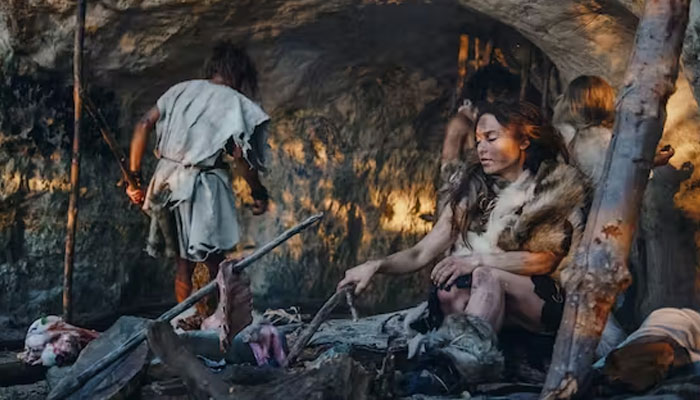Study reveals interesting details about hunter-gatherers
Contrary to belief ancient people approximately 9,000 years ago had largely plant-based diet
January 25, 2024

The widely popular Paleo diet, advocating for a meat-heavy eating pattern to emulate the dietary habits of ancient humans, faces scrutiny in light of a recent study led by Randy Haas, Assistant Professor of Anthropology at the University of Wyoming.
Contrary to the prevailing belief that early human economies heavily emphasised hunting, a recent study examining the remains of ancient people in Peru's Andean Altiplano around 9,000 years ago reveals a diet predominantly composed of plant matter.
Randy Haas, leading the research, challenges the conventional wisdom that early human economies focused primarily on hunting, leading to high-protein dietary fads like the Paleo diet. Haas notes: "Our analysis shows that the diets were composed of 80% plant matter and 20% meat."
The study confronts preservation bias, which often skews assumptions towards a meat-centric diet in ancient populations due to better-preserved animal bones. Archaeobotanist Ceren Kabukcu from the University of Liverpool highlights this bias, emphasising the need to reconsider perspectives on ancient diets.
Utilising modern analytical techniques, including mass spectrometry, the research team examined the bones of individuals from Wilamaya Patjxa and Soro Mik'aya Patjxa in Peru. Contrary to the initial assumption of a primarily meat-based diet, the study found that this mobile foraging group consumed between 70-95% plant matter, with tubers playing a significant role.
Herman Pontzer, a professor of evolutionary anthropology at Duke University, underscores the importance of recognising the diverse nature of prehistoric diets. He dismisses a singular perspective on the Paleo diet, urging a departure from a one-size-fits-all approach to ancient diets.
The study challenges the popularised model of the Paleo diet, advocating for a meat-heavy, carb-poor diet. Adaptations like the pegan diet have emerged but lack support from anthropological evidence. Pontzer stresses the need to acknowledge diversity in prehistoric diets, citing varied dietary patterns among different populations.
The study concludes by urging recognition of the diverse nature of prehistoric diets, emphasising the importance of moving away from rigid dietary models lacking anthropological support. It highlights the adaptability of early humans to their surroundings, engaging in a mix of hunting and gathering rather than adhering to a specific dietary narrative.









